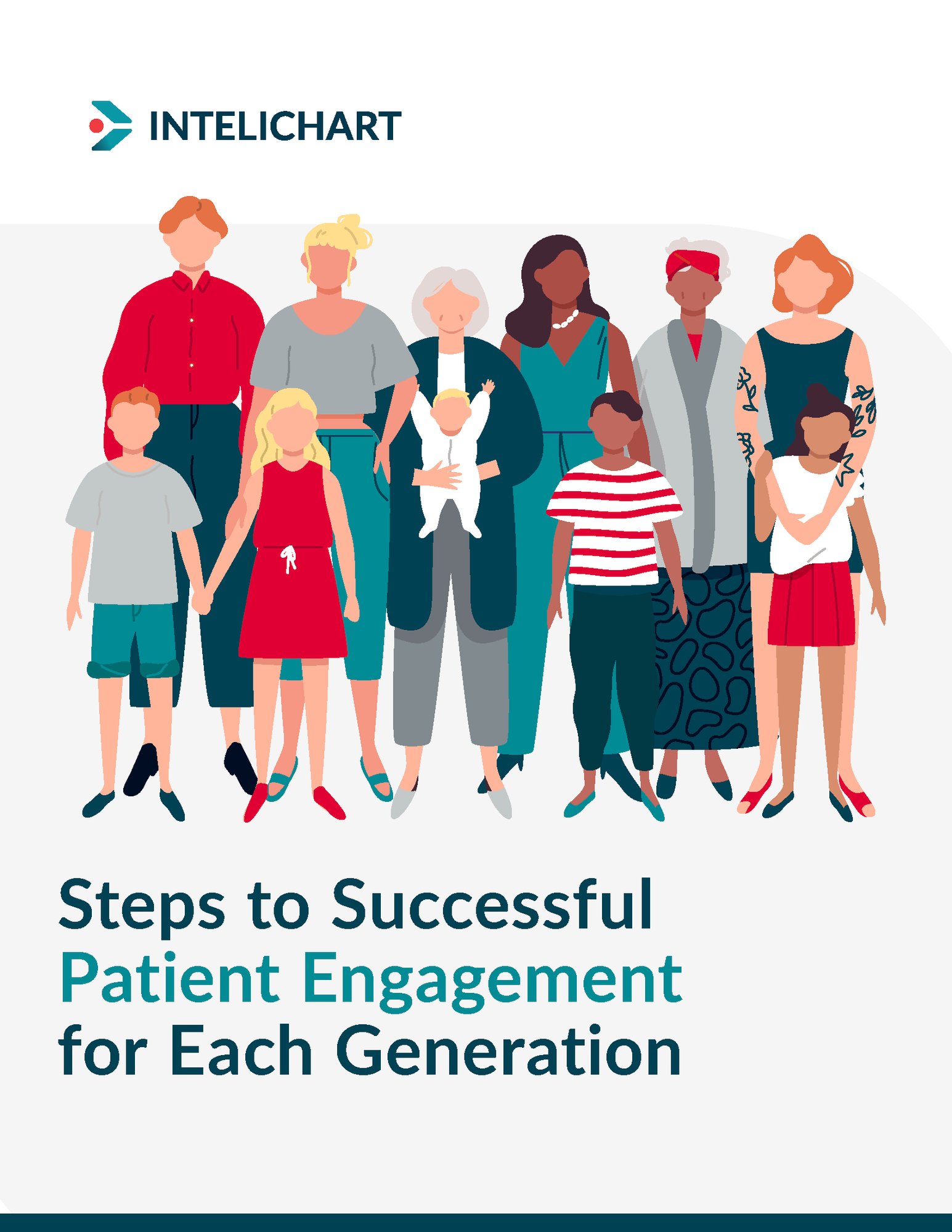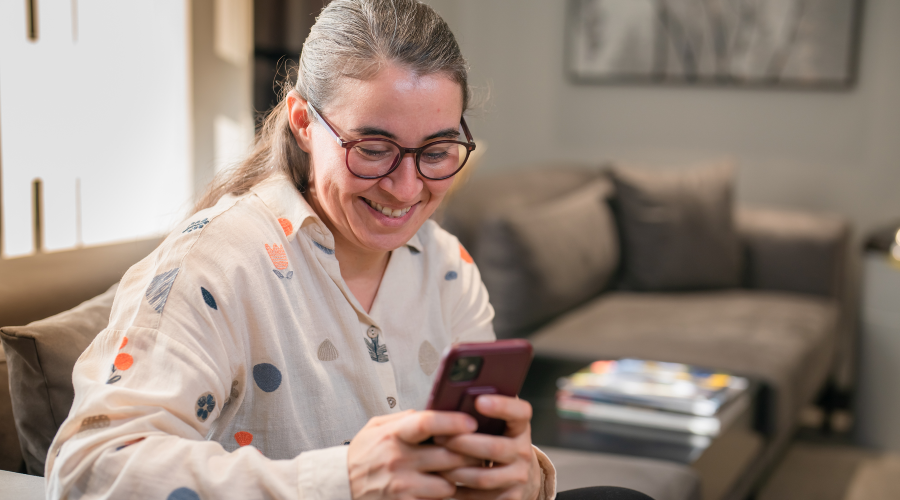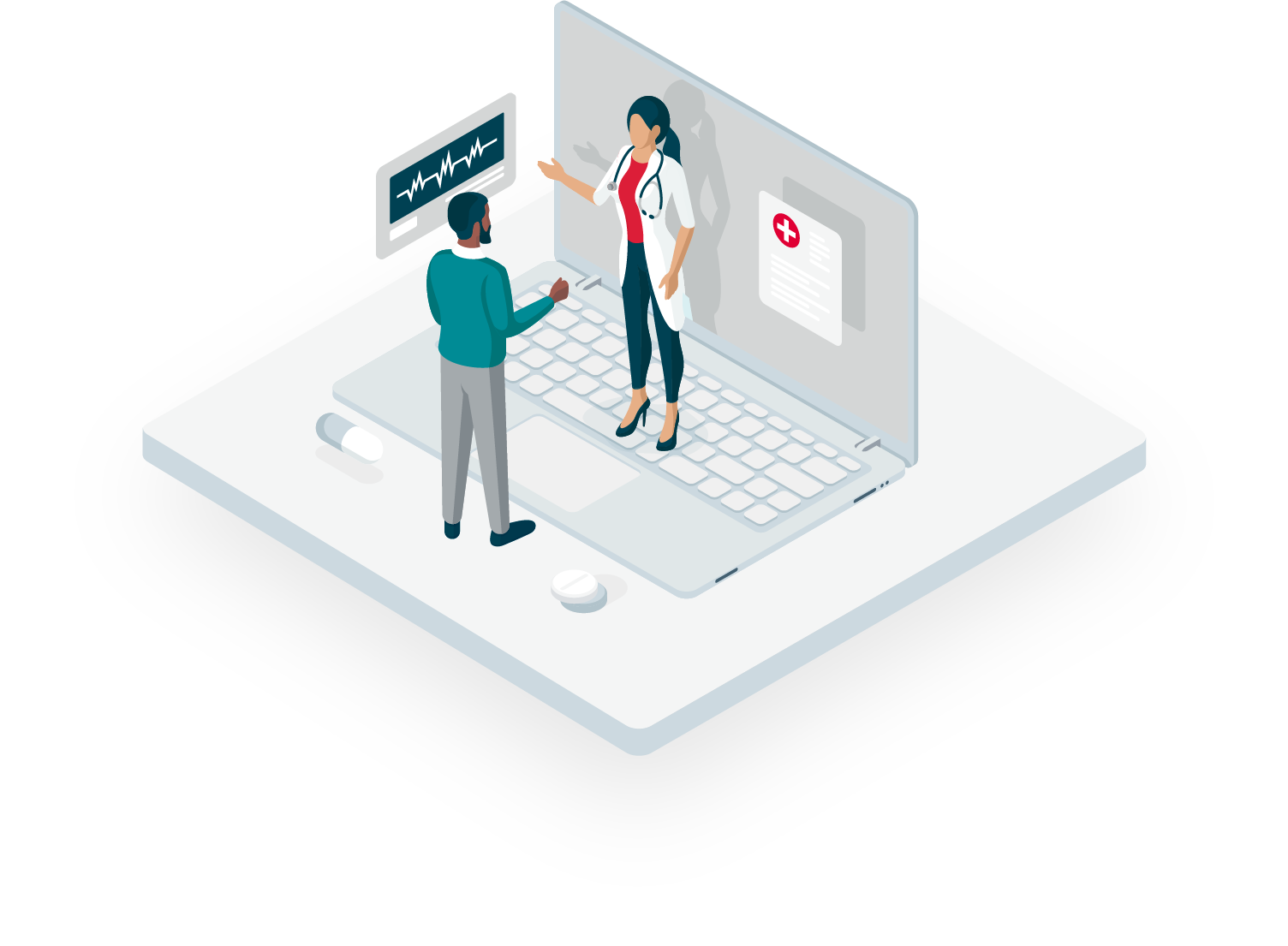Silent Generation
The Silent Generation, comprised of individuals born between 1928 and 1945, grew up in an analog world. This generation often values face-to-face interactions and personalized care. Although many in this age group usually prefer to receive conventional mail and phone calls, they are open to technology. According to Norton, 63% of the Silent Generation say that going online increases communication, and 60% use email.
Although the most traditional of all generations, the Silent Generation's willingness to engage with technology means that they shouldn’t be overlooked when offering patient engagement tools. By prioritizing personalized attention and convenience, healthcare providers can effectively bridge the digital divide and engage the Silent Generation.
Baby Boomers
Born between 1946 and 1964, Baby Boomers witnessed significant technological advancements, including touch-tone phones, fax machines, and the advent of the personal computer. Ninety-four percent of Baby Boomers own a cell phone, 64% own a desktop computer, and 43% own a laptop computer. Baby Boomers will research and use third-party comparisons to find healthcare providers.
Baby Boomers are looking for high-quality care and value provider-patient relationships. In addition, they are becoming more tech-savvy and are increasingly embracing patient engagement tools. They appreciate features that empower them to actively participate in their healthcare decisions.








